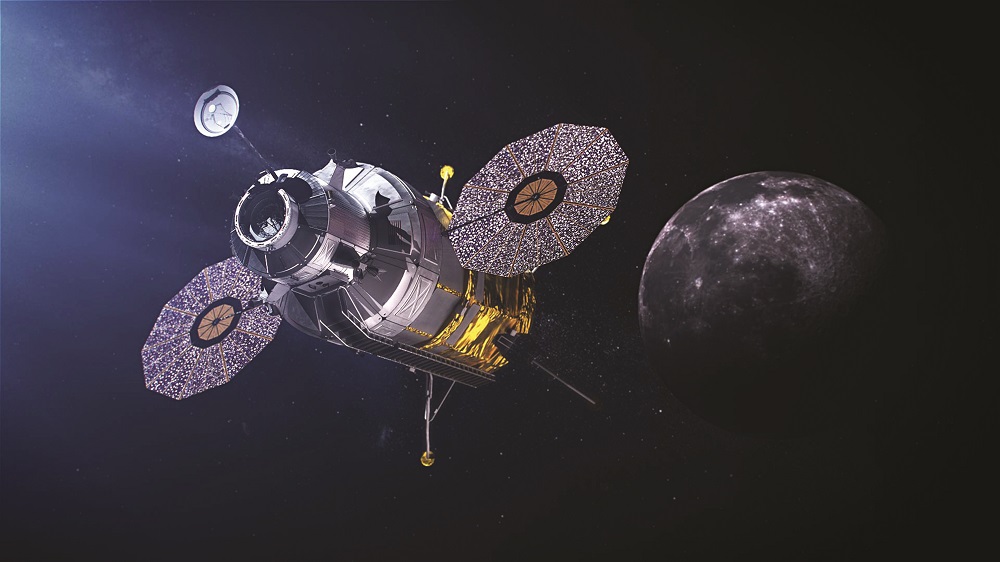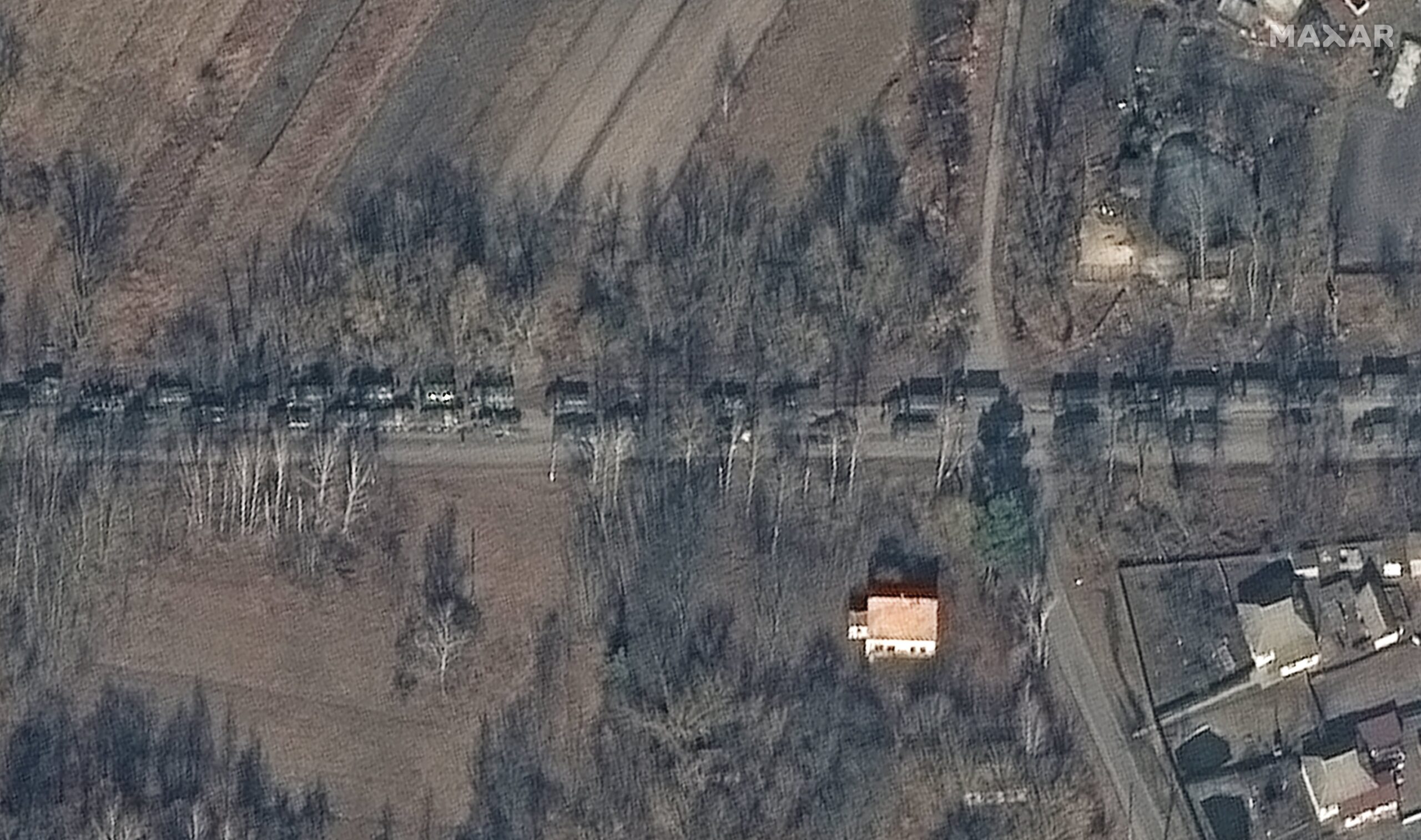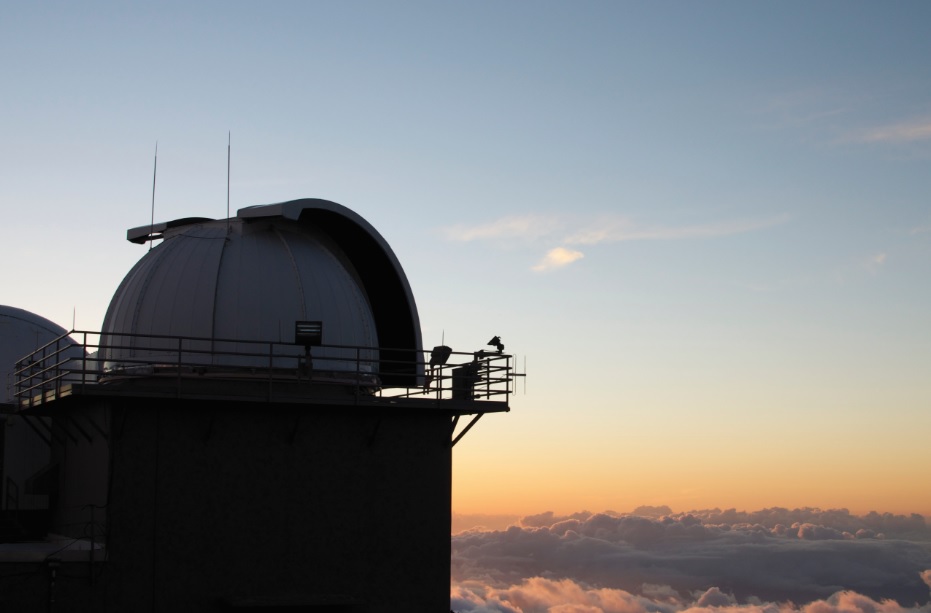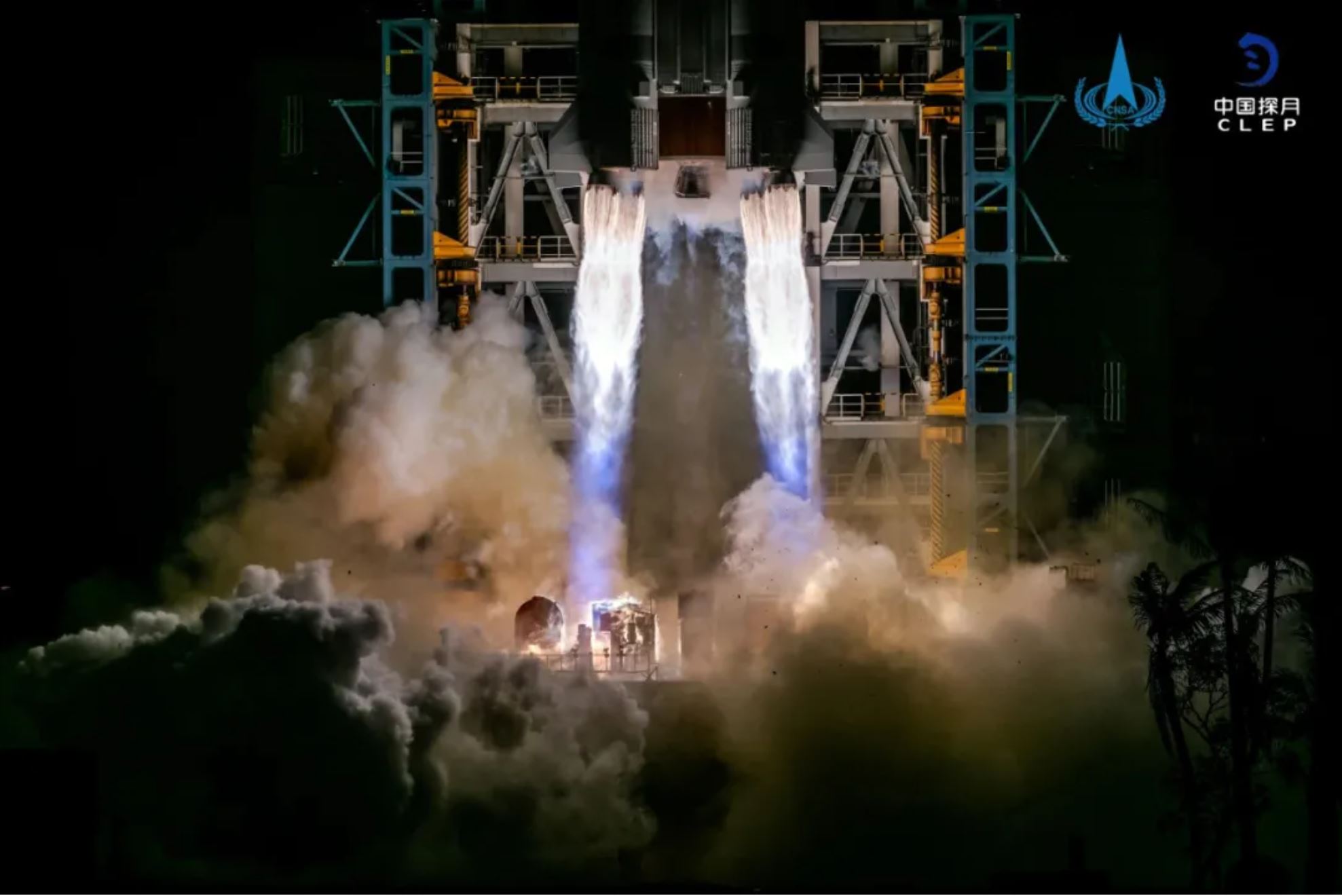NASA requests proposals for second Artemis crewed lunar lander
Original Publication Date: 2022-09-18 11:03

NASA has released a request for proposals for a second human lunar lander. The lander would join the Starship lander under development by SpaceX. The winning company would carry out an uncrewed landing followed by a crewed landing. Neither Blue Origin nor Dynetics have formally announced their intent to bid.
France to increase space spending by 25%
Original Publication Date: 2022-09-19 09:16

France will allocate more than 9 billion euros ($9 billion) to space activities over the next three years. That funding includes a "massive" Increase in the budget of the French space agency CNES. The overall increase is in lockstep with ESA’s plans to seek a 25% budget increase at November’s ministerial meeting.
Satellite imaging companies look for growth in data analytics
Original Publication Date: 2022-09-19 07:55

NGA has a growing appetite for new types of analytics services offered by the private sector. The agency traditionally has relied on its own analysts to draw insights from imagery. Of interest are monitoring services performed by small satellites that make repeated image captures. The data provides insights on activities that have national security and economic implications.
Private industry aims to fill demand for space threat intelligence
Original Publication Date: 2022-09-18 14:00

Space domain awareness is the military term for space situational awareness. SDA requires tracking objects, analyzing their characteristics, and discriminating benign from aggressive activities in orbit. DoD plans to hand over some of that responsibility to the U.S. Commerce Department over the next few years so military space operators can focus on SDA.
Shanghai rocket maker considering developing huge methane-fueled rockets
Original Publication Date: 2022-09-18 12:21

China's state-owned space contractor is looking at developing a series of partially and fully-reusable launch vehicles. A paper published in the journal Aerospace Technology outlines plans under consideration by the Shanghai Academy of Spaceflight Technology. A first generation of three launch vehicles with reusable first stages would have diameters of 3.35, 4.0 and 7.0 meters.
NASASpaceFlight.com
The SSLV or Small Satellite Launch Vehicle was launched from Sriharikota, India on Sunday, August 7 at 03:48 UTC. An issue with the fourth stage resulted in the satellites being deployed in an unusable orbit. The SSLV program’s genesis was a December 2015 National Institute of Advanced Studies proposal to create a “Small Satellite Launch Vehicle-1”
Commercial Archives
A SpaceX Falcon 9 Block 5 carrying 54 Starlink satellites has finally launched at 8:18 PM EDT on Sunday, Sept. 18. Unfavorable weather scrubbed attempts on Tuesday, Wednesday, Thursday, and Friday. A Saturday launch opportunity was also called off. This mission launched from Space Launch Complex 40 (SLC-40) at the Cape Canaveral Space Force Station in Florida.
International Archives
Spiral-shaped phenomena are a lot more common in nature than you might think. Hurricanes, protoplanetary disks around stars, and spiral galaxies are all examples of naturally occurring objects that adopt spiral-shaped structures. Scientists were surprised to find spiral formations of stars in the Small Magellanic Cloud.
Chinese Long March 3B Launches APStar-6C Communications Satellite – Spaceflight101

China launched the APStar-6C communications satellite for APT Satellite Holdings on Thursday. Long March 3B rocket lifted off from the Xichang Satellite Launch Center at 16:06 UTC on a mission of under half an hour to lift the spacecraft into an elliptical Geostationary Transfer Orbit. The satellite will deliver VSAT services, video distribution, Direct-to-Home television and high-throughput cellular backhaul.
Blue Origin’s New Shepard Reaches new Heights in latest Test Flight – Spaceflight101

Blue Origin's New Shepard rocket launched on Sunday for the eighth flight of its reusable New Shepard launch system. New Shepard reached a peak speed of 984 meters per second and continued upwards for another minute and 40 seconds before falling back to Earth. Sunday’s flight marked the second for this particular set of hardware, following up on the successful December 2017 mission that debuted “Crew Capsule 2.0”
ISS Updates – Spaceflight101 – International Space Station

A veteran NASA spacewalker and an EVA rookie from Japan ended their week with nearly six hours of work outside the International Space Station on Friday. The restoration of the Station’s Mobile Servicing System started last year and continued in January to provide Canadarm2 with a new pair of grappling hands.
Featured – Spaceflight101

A SpaceX Falcon 9 took to the skies over Florida’s Cape Canaveral Monday afternoon. The flight-proven Dragon spacecraft will deliver science gear, supplies and maintenance hardware to the International Space Station. It is the first of at least six cargo ships inbound to the U.S. Segment of ISS this year.
News – Spaceflight101

A Russian Rockot booster is set to blast off from the Plesetsk Cosmodrome at 17:57 UTC with the Sentinel-3B multi-function satellite. The rocket will carry a Russian Rockot booster to carry the multi-function Sentinel-3B satellite.
Re-Entry: Long March 11 Rocket Body – Spaceflight101

The CZ-11 fourth stage used leftover propellant for a partial de-orbit maneuver, lowering its perigee to 120 Kilometers to significantly accelerate its orbital decay. It is reportedly built around a YF-50 main engine and conducts the orbital circularization after the three CZ-11 stages finish their job.
NASA to Host Briefing on Perseverance Mars Rover Mission Operations

The briefing will be live on NASA Television, Twitter, Facebook, and YouTube. Questions can be asked on social media during the briefing using #AskNASA. Perseverance marks the first step in the Mars Sample Return campaign. These samples are thought to be the best opportunity to reveal the early evolution of Mars.
NASA’s AIRS Instrument Records Typhoon Hinnamnor Before Landfall

Airlift, launched in 2002, was the first instrument to reveal the 3D distribution of rain within tropical storms like Hinnamnor. AIRS, in conjunction with AMSU-A, senses infrared and microwave radiation emitted from Earth to provide a 3D look at the planet’s weather and climate, making observations down to Earth’s surface.
A Cosmic Tarantula, Caught by NASA’s Webb

The Tarantula Nebula has a similar type of chemical composition as the gigantic star-forming regions observed at the universe’s ‘cosmic noon,’ when the cosmos was only a few billion years old. Webb will provide astronomers the opportunity to compare and contrast observations of star formation in the Tarantula Nebula with the telescope’s deep observations of distant galaxies from the actual era of cosmic noon.
NASA’s Webb Takes Its First-Ever Direct Image of Distant World

Astronomers have used NASA’s James Webb Space Telescope (JWST) to take a direct image of a planet outside our solar system. The exoplanet is a gas giant, meaning it has no rocky surface and is not habitable. The finding is detailed in NASA’s latest JWST blog entry.
Explore the Solar System With NASA’s New-and-Improved 3D ‘Eyes’

Learn the basics about dwarf planets or the finer points of gas giants. Ride alongside no fewer than 126 space missions past and present. Scroll through rich interactive journeys, including Voyager’s Grand Tour of Jupiter, Saturn, Uranus, and Neptune. You can rotate objects, compare them side by side, and even modulate the perspective.
Engineers Solve Data Glitch on NASA’s Voyager 1
Engineers have repaired an issue affecting data from Voyager 1 spacecraft. Earlier this year, the probe’s attitude articulation and control system began sending garbled information about its health and activities to mission controllers. The team has since located the source of the garbled information: The AACS had started sending the data through an onboard computer known to have stopped working years ago.

